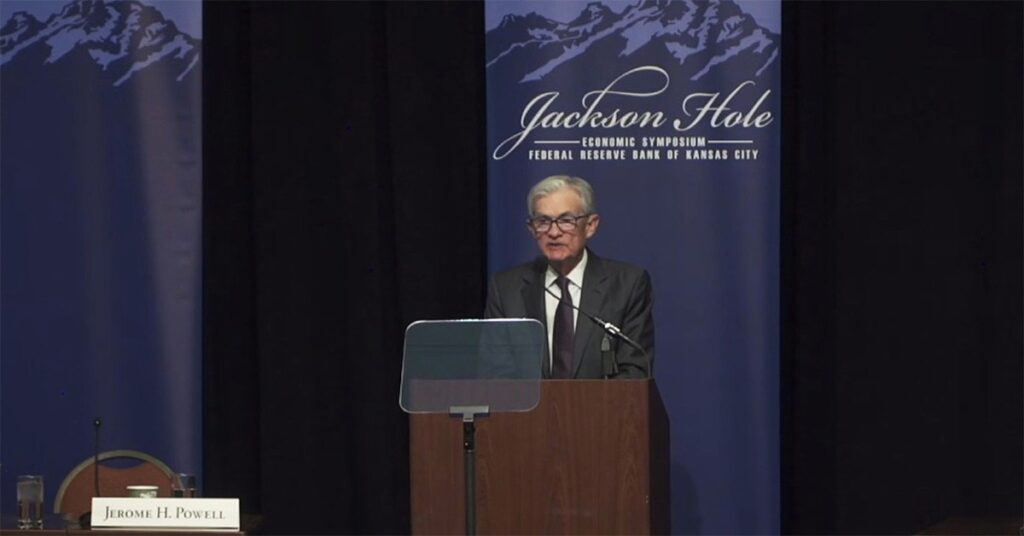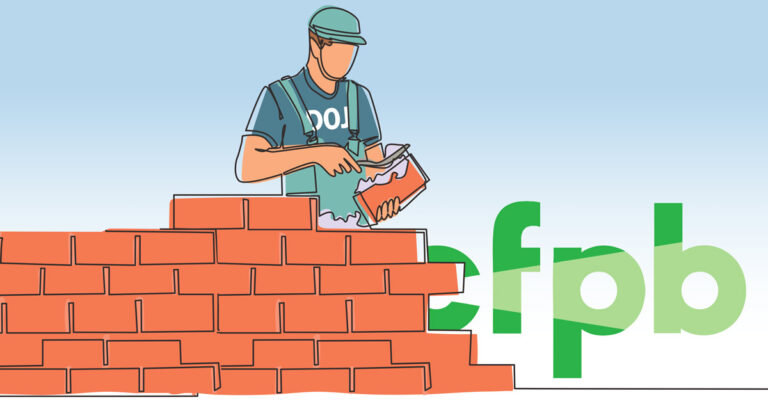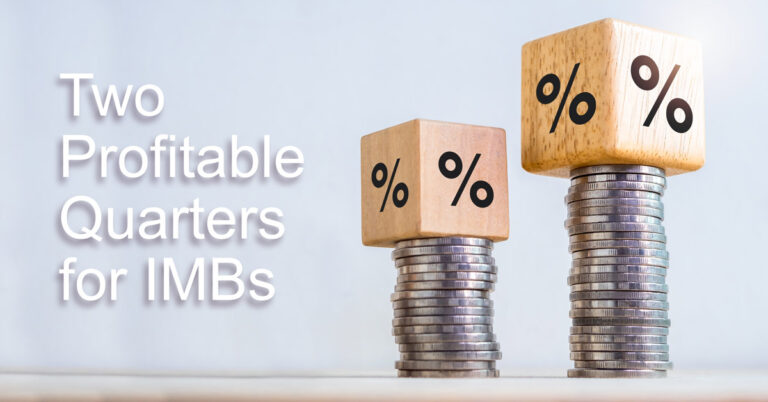The Federal Reserve may now be in a position to adjust its monetary policy stance, perhaps delivering a long-awaited interest rate cut in September, Fed Chair Jerome Powell appeared to hint during a high-profile speech Friday.
Speaking at the Fed’s Jackson Hole Economic Policy Symposium in Wyoming, Powell said the “shifting balance of risks may warrant adjusting our policy stance.”
That’s the closest Powell has come this year to calling for a rate cut, a course of action fellow Fed governors Christopher Waller and Michelle Bowman voted for at the last Federal Open Market Committee meeting in July.
Stocks rallied following Powell’s remarks, with the Dow Jones Industrial Average jumping 2.2%, the S&P 500 index rising 1.7% and the tech-heavy Nasdaq composite index registering 2.1% gains.
In what will almost certainly be the final Jackson Hole keynote address for Powell, whose term as Fed chair ends in May, he acknowledged that the central bank is in a precarious position at the moment, making a September rate cut far from certain.
“In the near term, risks to inflation are tilted to the upside, and risks to employment to the downside — a challenging situation,” Powell said. “When our goals are in tension like this, our framework calls for us to balance both sides of our dual mandate.”
The Fed typically cuts the benchmark federal funds rate when the labor market is strained, which lowers borrowing costs for businesses and can stimulate hiring trends. But the central bank is often hesitant to ease monetary policy when inflation is running above its 2% target, which is currently the case.
Regarding inflation, Powell noted the “effects of tariffs on consumer prices are now clearly visible.” But he said it’s still unclear how long it will take for tariff increases to work their way through supply chains and distribution networks, nor is it clear if inflationary pressures will persist over time. However, he said longer-term inflation expectations “appear to remain well anchored and consistent with our longer-run inflation objective of 2%.”
Get these articles in your inbox
Sign up for our daily newsletter
Get these articles in your inbox
Sign up for our daily newsletter
Powell mentioned the sharp downward revision of payroll growth in May and June by the Bureau of Labor Statistics, but said it “does not appear that the slowdown in job growth has opened up a large margin of slack in the labor market.” The Fed chair said while the labor market appears to be in balance overall, he characterized it as “a curious kind of balance that results from a marked slowing in both the supply of and demand for workers.”
“This unusual situation suggests that downside risks to employment are rising,” Powell said. “And if those risks materialize, they can do so quickly in the form of sharply higher layoffs and rising unemployment.”
Those downside risks to employment may ultimately tip the scales in favor of a September rate cut, according to First American Senior Economist Sam Williamson.
“In his final Jackson Hole address, Federal Reserve Chair Jerome Powell signaled that interest rate cuts could begin as early as September, reflecting a shift in focus from inflation control to labor market stability,” Williamson wrote in an analysis.
He added that though inflation remains above the Fed’s 2% target, a shift to ease monetary policy would primarily be a “precautionary move aimed at balancing risks.”
“The Fed now appears focused on recalibrating policy toward a more neutral stance, with any future cuts likely to be gradual and data-dependent,” Williamson stated. “For the housing sector, even modest rate relief could improve affordability, revive buyer interest and offer a much-needed boost to builders and lenders heading into the fall.”
Jim Nabors, president of the National Association of Mortgage Brokers (NAMB), welcomed Powell’s comments, saying in a statement that NAMB has been “closely monitoring the Fed’s stance, and these remarks suggest a potential shift toward rate cuts that could bring relief to homebuyers and the U.S. housing market.”
Nabors added: “NAMB is also encouraged by Chair Powell’s commitment to ‘support a strong labor market as we make further progress toward price stability.’ This balanced approach highlights the importance of weighing both inflation control and employment stability, key drivers of housing demand and mortgage origination.”








